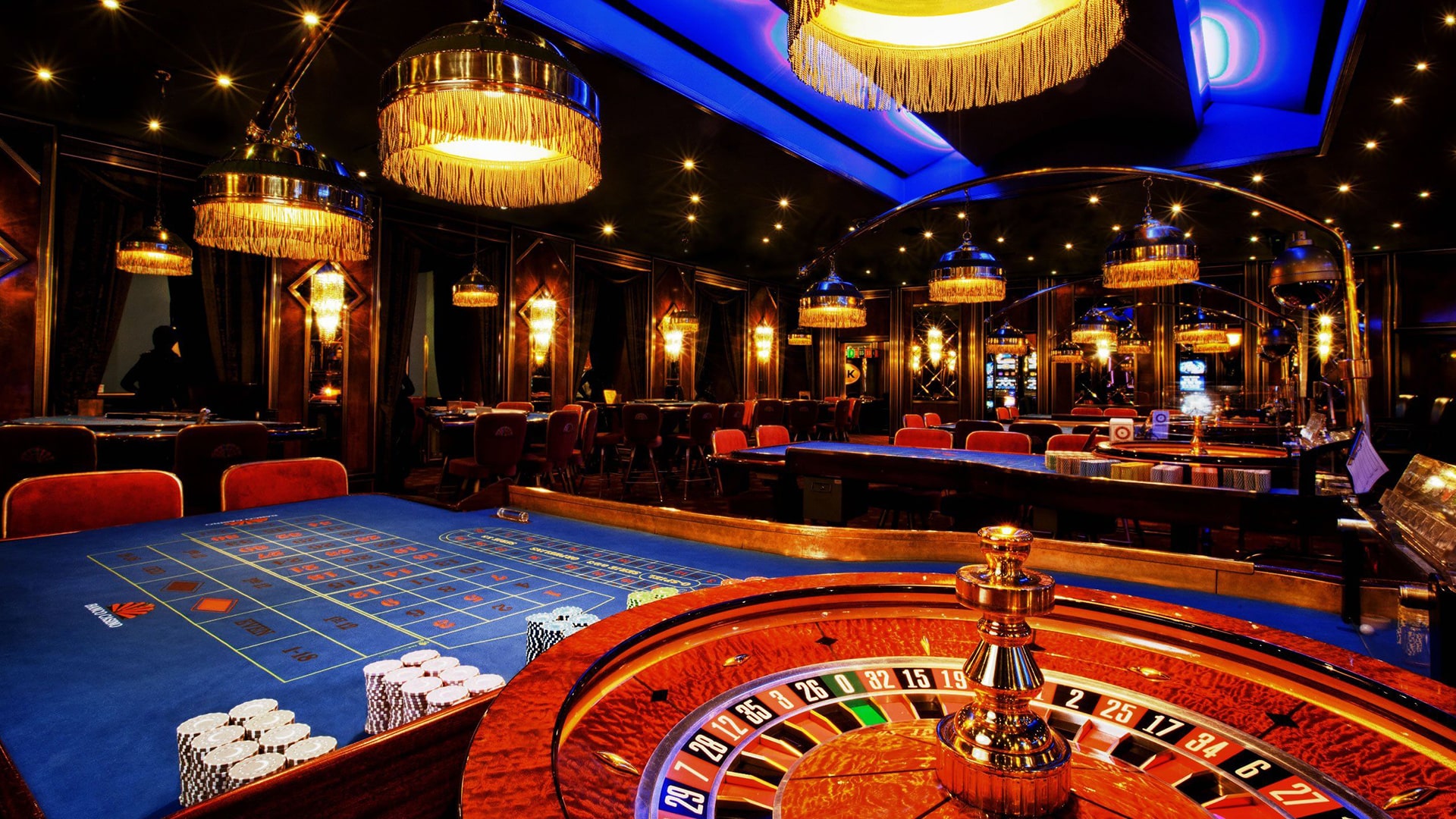VR and the Prospects of Gambling Games

As technology keeps on advancing at a rapid pace, the world of amusement has been undergoing a major transformation. One of the best thrilling developments of the past years has been the rise of virtual realities, which have begun to reshape the way we perceive different forms of gaming. The gambling industry, famous for its vibrant environment and thrilling moments, is not different. With the integration of VR within gambling titles, players can have the opportunity to dive themselves in highly detailed worlds which mimic the excitement of a real casino, entirely within the comfort of their own homes.
Picture stepping into a virtual gambling venue where you can interact with other players, enjoy live host sessions, and explore a diverse range of play options, all enhanced by cutting-edge technology. This new method not only amplifies the thrill of traditional casino titles but also breaks down geographical barriers, enabling players from the world to link and engage in a shared playing experience. Looking ahead, as we gaze ahead, the possibilities for VR within the domain of gambling games are limitless, offering to reshape the manner we think about gambling and amusement altogether.
The Rise of VR in Gaming
The advent of virtual reality tech has revolutionized multiple industries, and the gaming sector is at the forefront of this revolution. More than just a trend, VR offers immersive experiences that draws players closer to the action like never before. Gambling establishments have started to leverage this technology, creating environments that replicate the thrill and ambiance of a physical gaming venue, all from the comfort of home. This shift not only enhances gameplay and draws in a younger audience of players keen for new offerings.
As soon as virtual reality becomes more accessible, the selection of games available in this format continues to expand. Players can now participate with popular games such as blackjack, texas hold'em, and slot machines in a 3D space where they can connect with other players and croupiers in real-time. This immersive aspect elevates the social interaction, allowing users to feel as if they are integral to a lively casino environment even while geographically isolated. The extra dimension of realism provided by VR is attractive and is likely to shape how casino games are created and experienced in the times to come.
Furthermore, the adoption of VR into casino gaming is predicted to drive advancements in technology and game design. Developers are experimenting with unique game mechanics and attributes that utilize virtual reality's full potential. These developments could result in a wide variety of casino game options that not only capture the essence of classic games but also introduce fresh formats and interactions. By adopting VR, casinos can remain competitive in a fast-changing gambling market, ensuring they meet the desires of today's players seeking thrilling and engaging experiences.
Enhancing Gaming Experience in Casino Games
Virtual reality is transforming the way gamblers participate in casino games, building engaging atmospheres that replicate the feel of a traditional casino. By donning a virtual reality headset, players can step into a virtual world where they can interact with realistic 3D representations of gambling activities. This engagement intensifies the attachment players have with their gambling adventure, making every slot machine spin or dice roll feel more thrilling and genuine.
Alongside visual experiences, the incorporation of haptic feedback technology offers players with touch experiences that elevate gameplay. For instance, as a player scores a game in virtual poker, they can experience vibrations through their controllers that simulate the feeling of collecting winnings in actual gameplay. This layer of sensory feedback makes the experience more captivating and closes the gap between physical and digital gaming environments.
Community interaction is another key aspect that virtual reality brings to gaming experiences. Players can participate in multiplayer games, enjoying the excitement of competing against friends or new acquaintances in a shared virtual space. This social dimension fosters a community feeling and friendship, which is often lacking in traditional online gaming. By enabling players to talk and engage in real time, VR casinos duplicate the social atmosphere that many players appreciate in physical casinos, ultimately leading to a richer and more satisfying play experience. nhà cái Loto188
Future Trends and Innovations in Virtual Reality Gaming Environments
As technology continues to advance, the integration of artificial intelligence and machine learning into Virtual Reality casinos is poised to transform the gaming experience. These advancements will enable for more personalized gameplay by tailoring games to individual player preferences and behaviors. Players can expect smooth interactions with digital dealers and artificial intelligence-powered companions that boost immersion and engagement, forming a realistic casino atmosphere from the comfort of their homes.
In addition, the implementation of blockchain promises to redefine the safety and transparency of transactions in Virtual Reality casinos. With automated agreements enabling faster payouts and verifiable fairness in results, players can have peace of mind knowing that their investments are protected. This combination of technologies can build trust and nurture a larger player base, motivating more people to explore digitized gambling settings.
Furthermore, the development of community engagement within VR casinos is likely to take the spotlight. Future developments may facilitate deeper connections among players, providing features such as virtual chat rooms, group competitions, and even live events. By incorporating community elements, these enhancements will not only improve the gaming experience but also cultivate a vibrant community where players can exchange strategies, celebrate wins, and enjoy camaraderie in a dynamic digital setting.
